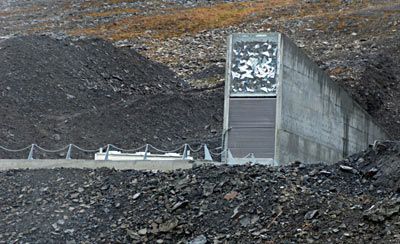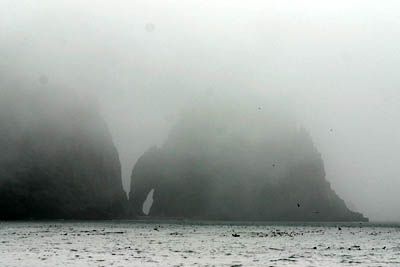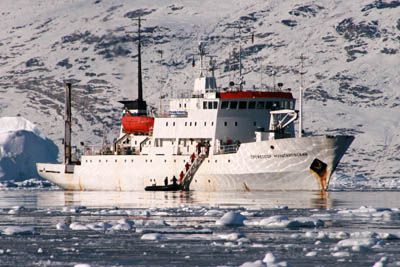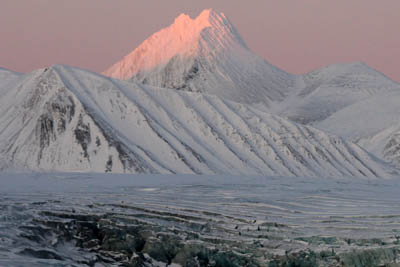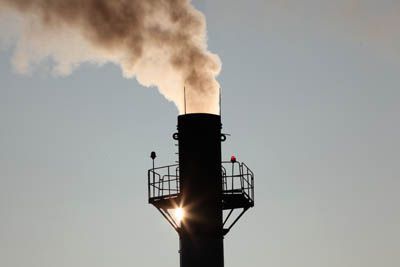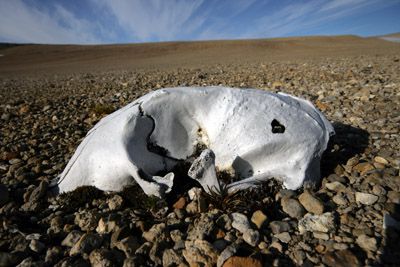-
current
recommendations- Liefdefjord
New page dedicated to one of Spitsbergen's most beautiful fjords. Background information and many photos.
- New Spitsbergen guidebook
The new edition of my Spitsbergen guidebook is out and available now!
- Liefdefjord
New page dedicated to one of Spitsbergen's most beautiful fjords. Background information and many photos.
Page Structure
-
Spitsbergen-News
- Select Month
- June 2025
- May 2025
- April 2025
- March 2025
- February 2025
- January 2025
- December 2024
- November 2024
- October 2024
- September 2024
- August 2024
- July 2024
- June 2024
- May 2024
- April 2024
- March 2024
- February 2024
- January 2024
- December 2023
- November 2023
- October 2023
- September 2023
- August 2023
- July 2023
- June 2023
- May 2023
- April 2023
- March 2023
- February 2023
- January 2023
- December 2022
- November 2022
- October 2022
- September 2022
- August 2022
- July 2022
- June 2022
- May 2022
- April 2022
- March 2022
- February 2022
- January 2022
- December 2021
- November 2021
- October 2021
- September 2021
- August 2021
- July 2021
- June 2021
- May 2021
- April 2021
- March 2021
- February 2021
- January 2021
- December 2020
- November 2020
- October 2020
- September 2020
- August 2020
- July 2020
- June 2020
- May 2020
- April 2020
- March 2020
- February 2020
- January 2020
- December 2019
- November 2019
- October 2019
- September 2019
- August 2019
- July 2019
- June 2019
- May 2019
- April 2019
- March 2019
- February 2019
- January 2019
- December 2018
- November 2018
- October 2018
- September 2018
- August 2018
- July 2018
- June 2018
- May 2018
- April 2018
- March 2018
- February 2018
- January 2018
- December 2017
- November 2017
- October 2017
- September 2017
- August 2017
- July 2017
- June 2017
- May 2017
- April 2017
- March 2017
- February 2017
- January 2017
- December 2016
- November 2016
- October 2016
- September 2016
- August 2016
- July 2016
- June 2016
- May 2016
- April 2016
- March 2016
- February 2016
- January 2016
- December 2015
- November 2015
- October 2015
- September 2015
- August 2015
- July 2015
- June 2015
- May 2015
- April 2015
- March 2015
- February 2015
- January 2015
- December 2014
- November 2014
- October 2014
- September 2014
- August 2014
- July 2014
- June 2014
- May 2014
- April 2014
- March 2014
- February 2014
- January 2014
- December 2013
- November 2013
- October 2013
- September 2013
- August 2013
- July 2013
- June 2013
- May 2013
- April 2013
- March 2013
- February 2013
- January 2013
- December 2012
- November 2012
- October 2012
- September 2012
- August 2012
- July 2012
- June 2012
- May 2012
- April 2012
- March 2012
- February 2012
- January 2012
- December 2011
- November 2011
- October 2011
- September 2011
- August 2011
- May 2011
- April 2011
- March 2011
- February 2011
- January 2011
- December 2010
- November 2010
- September 2010
- August 2010
- July 2010
- June 2010
- May 2010
- April 2010
- March 2010
- February 2010
- November 2009
- October 2009
- August 2009
- July 2009
- June 2009
- May 2009
- April 2009
- March 2009
- February 2009
- January 2009
- December 2008
- November 2008
- October 2008
- August 2008
- July 2008
- June 2008
- May 2008
- April 2008
- March 2008
- February 2008
- April 2000
- Select Month
-
weather information
-
Newsletter

| Guidebook: Spitsbergen-Svalbard |
Home
→ March, 2010
Monthly Archives: March 2010 − News & Stories
Seed vault is growing
The seed vault near Longyearbyen, that is supposed to secure global gene resources for future generations, has now more than half a million samples of seeds from food crops. This makes Spitsbergen’s seed vault the largest collection of its kind in the world.
The latest samples include highly resistant beans from South America, strawberries from the Kuriles in the northern Pacific and American soja beans.
The seed vault was opened in February 2008. The arctic permafrost protects seeds of corn, beans, and other culture crops from plant disease, climate change, war impact and natural desaster. So far, only one out of three chambers is in use; the other ones are supposed to be used in 25 and 100 years, respectively.
Source: Svalbardposten
Information about the ecosystem Barents Sea: BarentsPortal
The joint Norwegian-Russian Commission on Environmental Protection has published a website and a report with comprehensive, interesting information about the Barents Sea ecosystem, relevant for administration and the environment.
Click here to get to the BarentsPortal.
It looks grey, but is actually complex and needs environmental consideration: The Barents Sea
(At Bear Island).
Source: Barentsportal
Fewer ships during summer season 2010
Fewer small cruise ships (so-called expedition ships) will visit Spitsbergen during the upcoming summer season of 2010. The reasons include the economical crisis, but also new safety requirements, especially new fire-fighting (sprinkler) systems that are very costly to install.
Several ships that have been cruising Spitsbergen’s coast extensively during recent years will not return again: Origo (25 passenger capacity), Grigoriy Mikheev (44), Alexey Maryshev (44), Professor Molchanov (54) and Professor Multanovskiy (54). The recent development is to replace these smaller ships with a lesser number of slightly larger, modern ones.
Will not come back: MV Professor Multanovskiy (here in Greenland).
Source: AECO
Sunfest in Longyearbyen
The first sunrays after the polar night are alway an event in the Arctic. Now the time has come for Longyearbyen, and the event will be marked with a number of celebrations and cultural events, startign 07 March, the so-called »solfestuke« (sun festival week).
Alway an event in the Arctic: The last sunrays before and the first ones at the end of the polar night.
Source: Longyearbyen Lokalstyre
Tourists melt Spitsbergen …
… something like this was one of many headlines in Norwegian newspapers after a report had been published about greenhous gas emissions in Svalbard. The report was compiled by KliF (»Klima og forurensningsdirektorat«, Norwegian authority on emissions) on request from the Norwegian Ministry of the enrivonment. According to the report, large oversea cruise ships are responsible for the bulk of the 50 % increase of climate-relevant gas emissions from 2000 to 2007, followed by coal mining (including coal shipping) and energy production.
The report has received strong criticism from several sides for using wrong data. For example, the total use of fuels by oversea cruise ships in the region has been calculated to be 20,208 tons for 2007, but could easily shown to be far less (7,764 tons, with careful assumptions, probably less) by using data from the Sysselmannen. Similarly, too large numbers have been used for coal transport ships and the coal power plant in Barentsburg (assumed 45,000 tons coal per year, but the consumption capacity is apparently only 30,000 tons).
The report is principally welcomed, but it is criticised that official reports that advise politics use wrong numbers, where correct ones could easily be obtained. KliF said that the aim was to give a general picture and time to achieve correct details could not be afforded. Critics fear that careless use of vital data damage faith of companies and population in (environmental) science and, consequently, administration that is based on such data. It is demanded that the report should be withdrawn and a revised version should be published.
According to the report, greenhouse gas emissions within Spitsbergen (Svalbard in Norwegian) amount to 1 % of the emissions in Norway. It is assumed that, until 2025, coal mining declines, but tourism may double. For 2007, local energy production has contributed with 44 % to Spitsbergen’s total volume of relevant emissions (58 % in 2000), oversea cruise ships with 16 % (2000: 12 %) and coal transport ships from Svea with 14 % (2000: 12 %).
How much is it? That’s what we want to know.
Coal power plant in Barentsburg.
Source: Svalbardposten, including letters to the editor from Trygve Steen (AECO, in Svalbardposten 08/2010), Terje Aunevik (Port agency Pole Position Spitsbergen, edition 09/2010) KliF report
Evolution of Polar bears
Analysis of a polar bear jawbone that was found on Prins Karls Forland has not only yielded an age of 110.000 to 130.000 years, but also provided new information on the evolution of the species. The results confirm that the species “polar bear” is very young indeed and had split from brown bears as recently as around 150.000 years ago, as DNA analysis from the fossil have shown. Adaptation to the high arctic environment must then have been rather fast and efficient.
Polar bear skull in arctic desert-kind of tundra.
Fossils are rarely found as polar bears spend most of their life on drift ice and usually die there.
Source: Norwegisches Polarinstitut
News-Listing live generated at 2025/June/15 at 04:18:39 Uhr (GMT+1)
